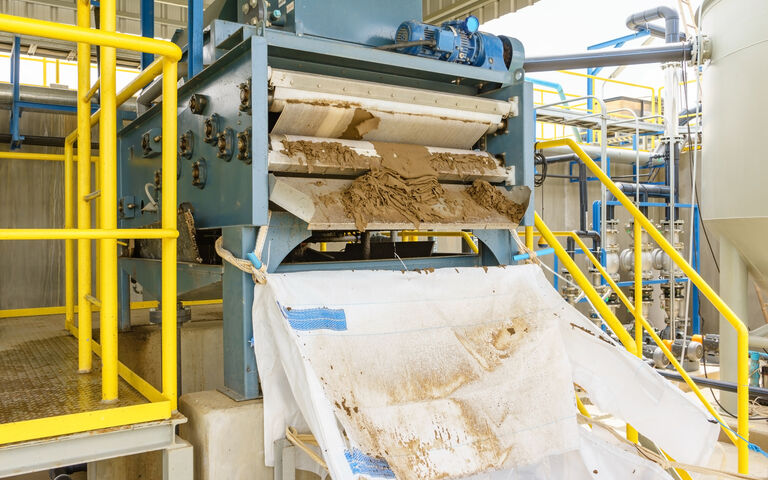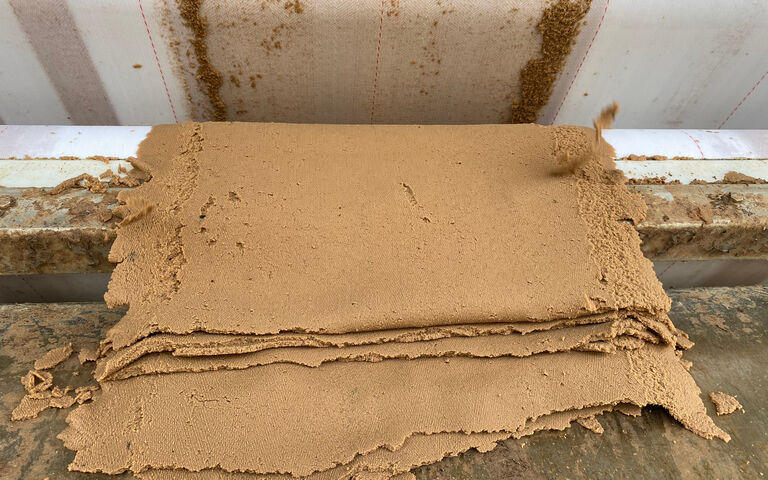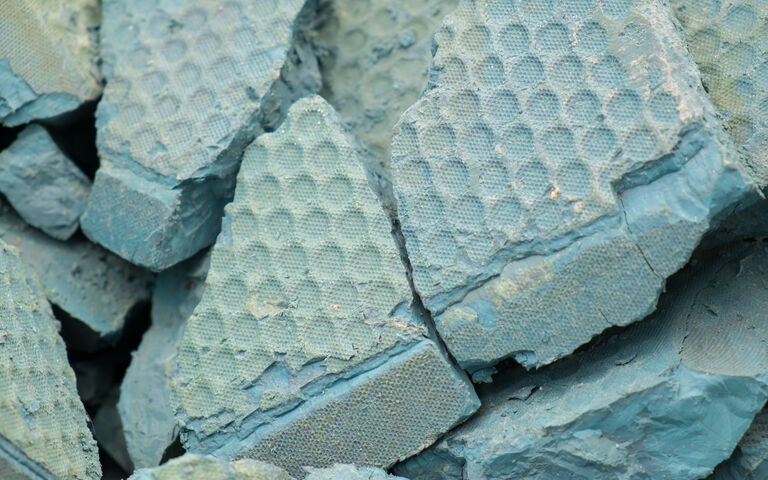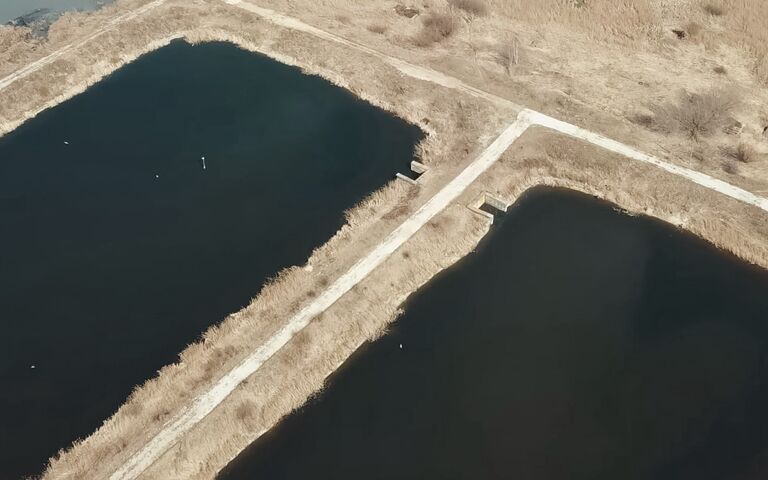
Sludge separation − filtration
Filtration theory defines the way in which water flows through the bed, which is formed of the sludge solids (cake)
Your web browser is out of date.
Update your browser for better security, speed and to get the best experience on this website.
Sludge drying beds provide sludge dewatering by allowing the liquid to both drain under gravity through a permeable medium on which the sludge sits, and to evaporate under ambient conditions. The sludge is spread as a thin (up to 300 mm) layer over a porous bed made up of layers of sand and gravel.

Filtration theory defines the way in which water flows through the bed, which is formed of the sludge solids (cake)

An overview of sludge dewatering − an introduction to sludge dewatering theory and technologies

Dewatering processes provide a concentrated, consolidated product along with a diluted stream which is predominantly water

Drying beds dewater sludge by allowing the liquid to drain and to evaporate. Lagoons provide dewatering through evaporation
Sludge solids separation theory − a brief introduction to the theories around sludge sedimentation, cake filtration and cake compression.
A belt filter press (BFP) dewaters sludge by pressing it between two revolving permeable belts to squeeze out the water
Centrifugal dewatering consolidates sludge by encouraging particles to migrate to the walls of a rapidly rotating cyclinder
A filter press dewaters sludge by pressing it between a series of porous plates at high pressure to squeeze out the water
A lagoon is a large shallow reservoir filled with sludge, which settles and stabilises over an extended time period
A rotary press dewaters sludge by passing it along a channel formed between two slowly-rotating circular permeable screens
A screw press dewaters sludge by passing it along the inside of an inclined permeable cylinder using an Archimedean screw
Conditioning is the pretreatment of sludge upstream of thickening and dewatering to promote solid-liquid separation
Thickening processes concentrate the sludge by removing part of the free water, such that the product can still be pumped
Dewatering processes mechanically remove a significant proportion of the sludge water to produce a 15-45% cake product
In sludge drying the sludge moisture is removed as water vapour by heating, generating a pelleted or powdered product
Sludge stabilisation − alkaline stabilisation, lime and solids dosing, plus anaerobic and aerobic digestion
Thermochemical methods are used to either significantly reduce the sludge solids content or pre-treat sludge upstream of AD
Sludge is the main waste stream from the treatment of wastewater